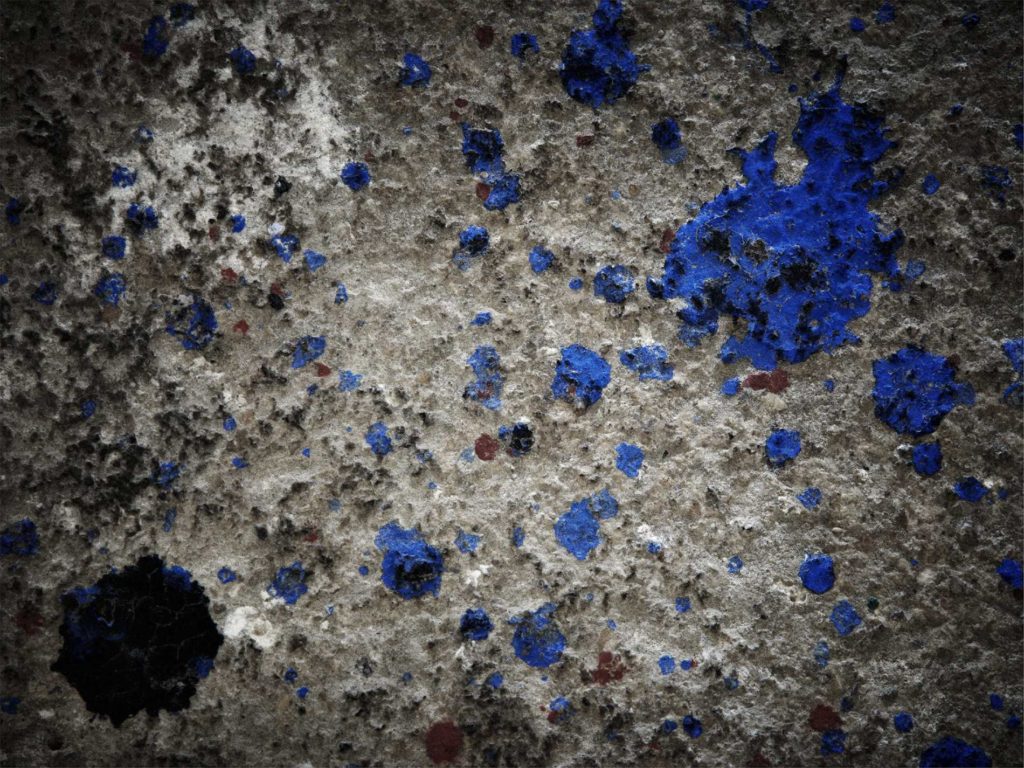
-
Dates
- 28 June — 2 September 2018
-
Inauguration
- 28 June 2018
- 20:00
Miró, origin revealed. Juan Baraja and Rif Spahni
Photographers cut objects out of reality, fragment surroundings into images, and abstract and project in their photographs their subjective and creative way of approaching reality. In the words of Roland Barthes, what the photography reproduces to infinity has occurred only once: the photography mechanically repeats what could never be repeated existentially.
In this exhibition, the photographs of Juan Baraja and Rif Spahni invite us to immerse ourselves in the creative universe of Joan Miró, revealing the spaces that were incredibly intimate and closely linked to the artist throughout his life. The pieces enjoy a poetic lyric of extraordinary subtlety, drawing us into the reality of the spaces that go unnoticed by most and which the unique eye of these two photographers has been able to capture.
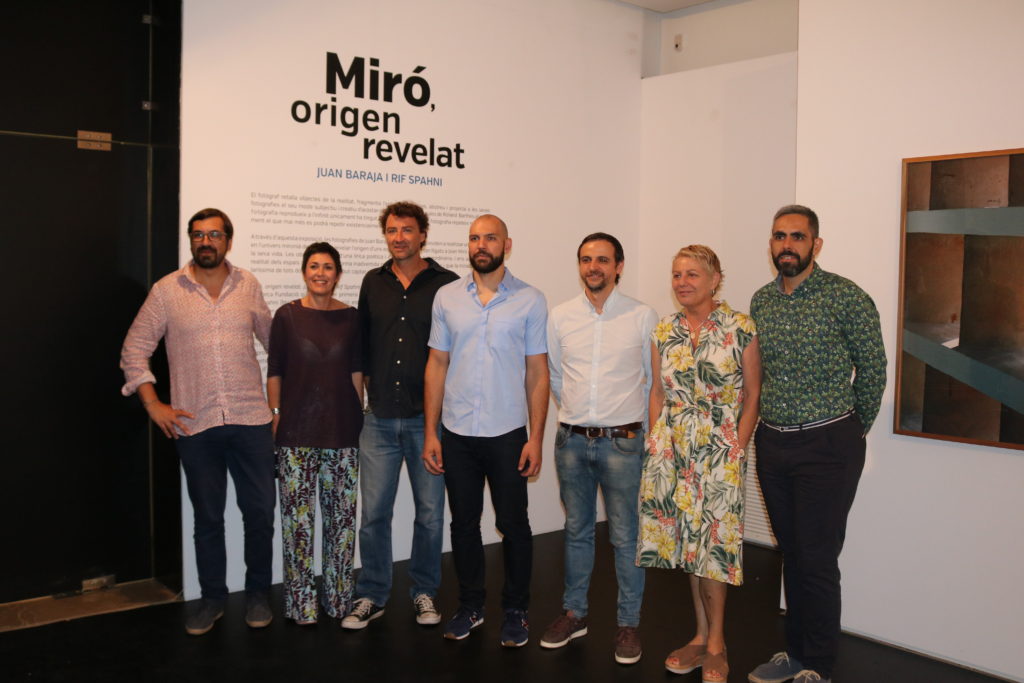
Miró, origin revealed. Juan Baraja and Rif Spahni is a joint exhibition project by Casal Solleric and Miró Mallorca Fundació that brings together, for the first time, the work of photographers Juan Baraja (Toledo, 1984) and Rif Spahni (Majorca, 1972). The exhibition comprises 32 photographs by these artists, without having even met or previously worked together, in the creative studios of Joan Miró: Taller Sert and Son Boter.
Espai Born, on the ground floor, and the mezzanine, are where the photographs are exhibited. Visitors are invited first to take a look at Taller Sert, where the 15 pieces by Juan Baraja were created. Prominence is given to the Mediterranean light, the reflection of the building’s colours on the white walls, the texture of the constructive materials, a number of objects inside the studio and the architectural details of this exceptional building.
Visitors then walk up the stairs from the ground floor space to the mezzanine, entering a universe of details linked to the pictorial process of Joan Miró at the Son Boter studio. The 17 pieces by Rif Spahni reveal abstract forms beyond their condition as pictorial remains of artworks as significant as the triptych Feux d’artifice I-II-III, 1974.
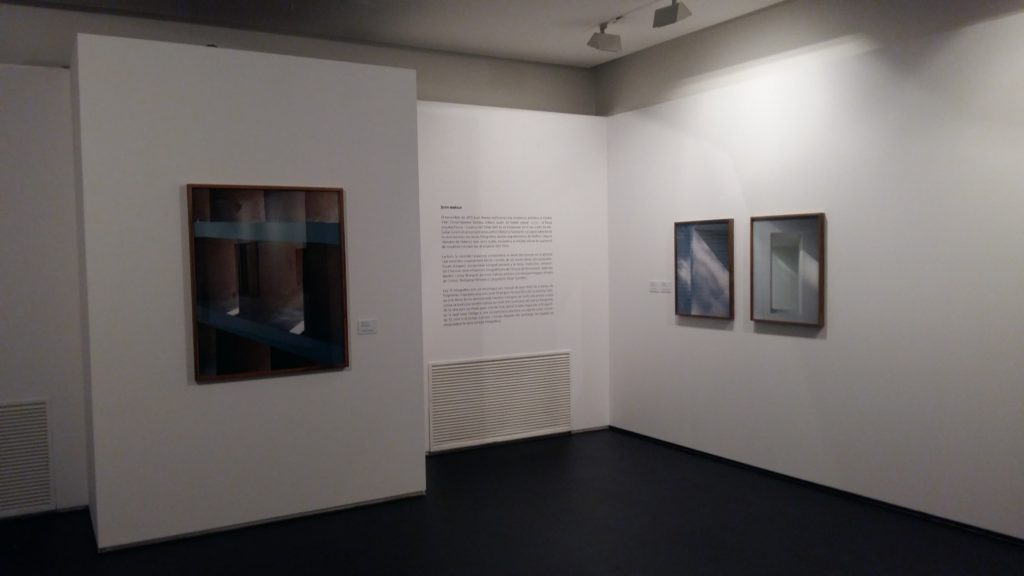
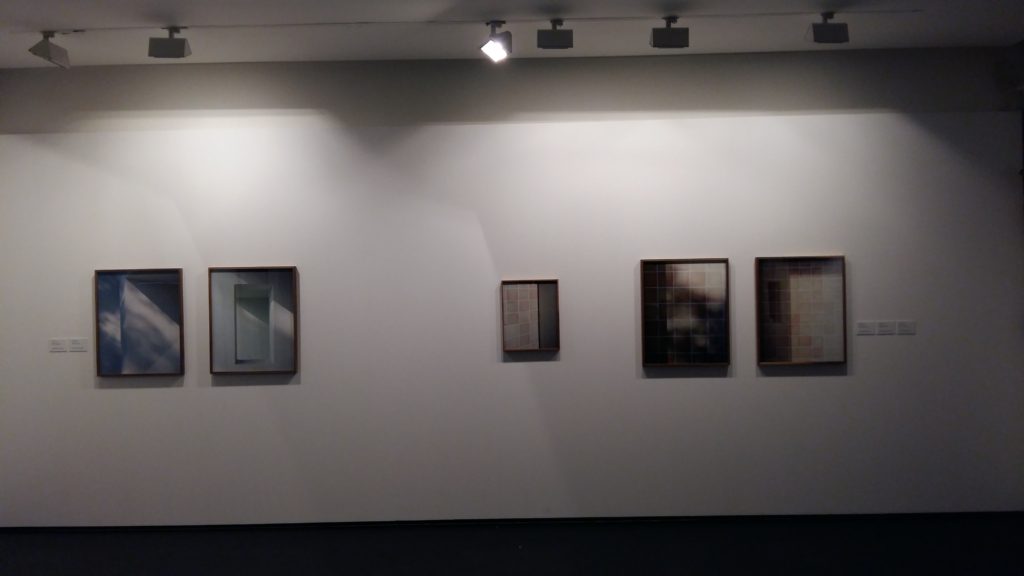
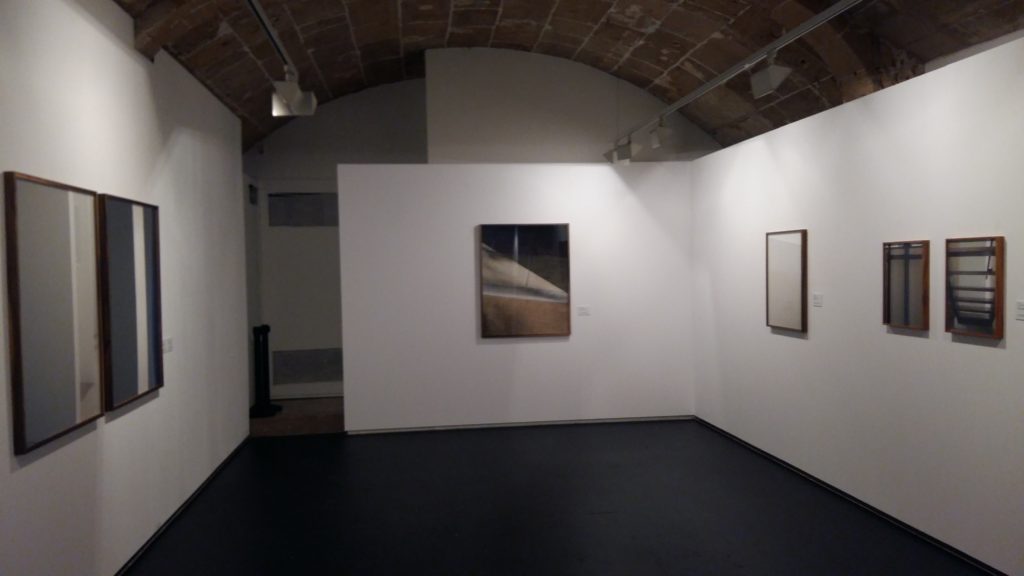
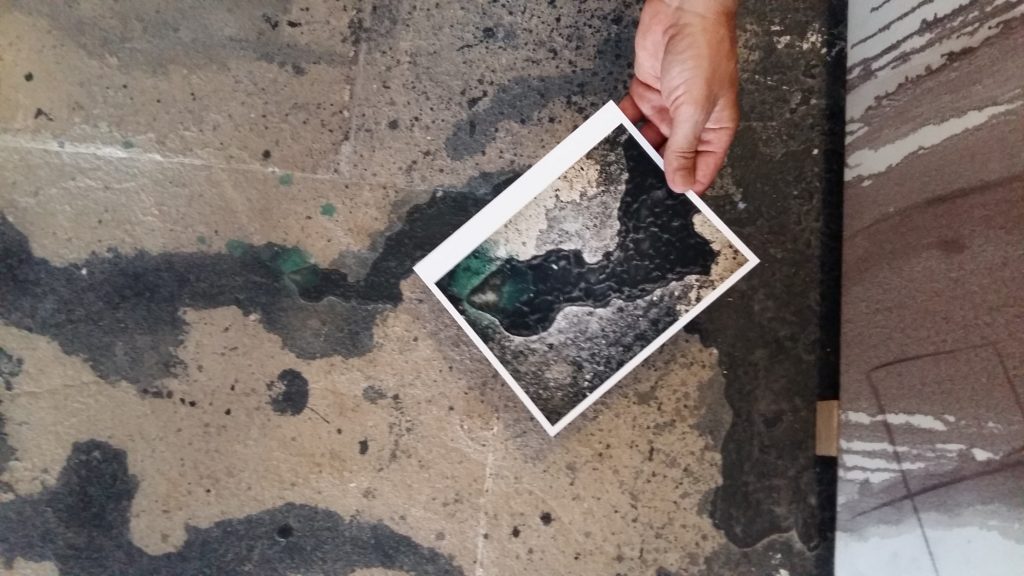
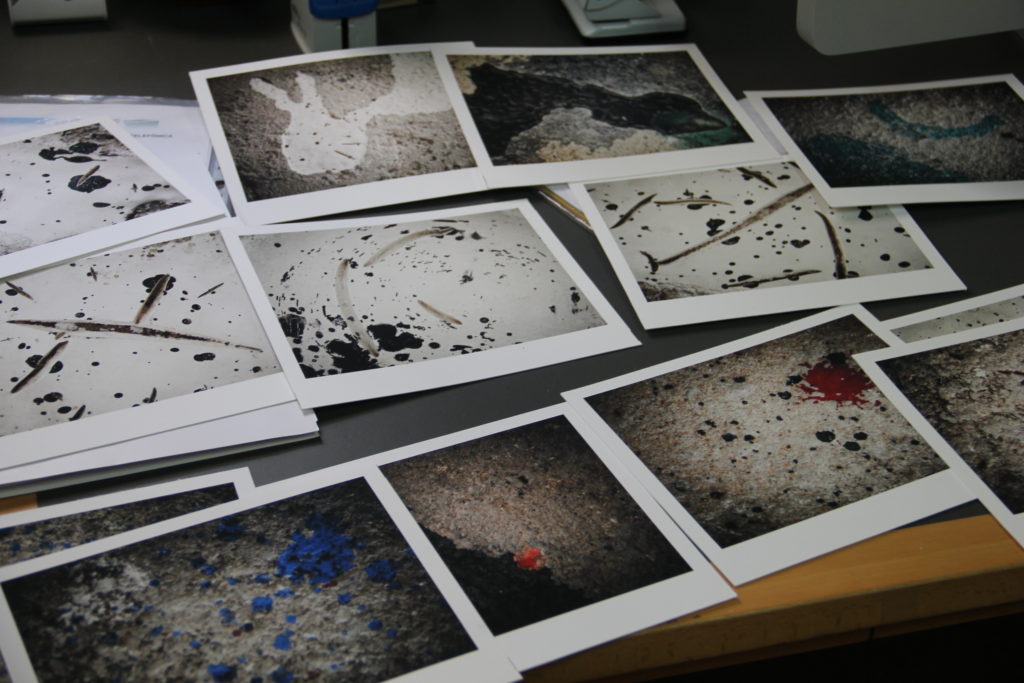

Juan Baraja
In November 2015, Juan Baraja found himself on an art residency at the Addaya Contemporary Art Centre in Alaró, when by chance –or not–, the architectural and creative force of Taller Sert crossed his path. He worked for several weeks at the Miró Mallorca Fundació and with his eye and photographs captured architectural details of the building and of some of the objects inside which, undoubtedly, would escape the attention of most of us, giving rise to the Sert-Miró project.
The light, clarity and compositional purity, the specific detail of the whole and an excellent technical and artistic knowledge of his work, are some of the characteristics of this exceptional photographer. Juan Baraja is patient in his meticulous, observant and honest work, which is influenced by photographers of the Düsseldorf School, Gabriele Basilico and Josep Brangulí, as well as other artists like Edward Hopper, Giorgio de Chirico, Wolfgang Tillmans and architect Peter Zumthor. The 15 photographs on display are a journey through Joan Miró’s studio in fragments. Captured using a large format Sinar f2 (10 x 12), the camera forces the photographer to work in a specific way, demanding extreme precision for each photograph, which leads to a greater awareness of what is being photographed.
There is something of a ritual when going underneath the black cloth to take the photograph, forcing the photographer to concentrate on a specific thing, as if time stood still, and only once the negative is developed does his photographic eye materialise.
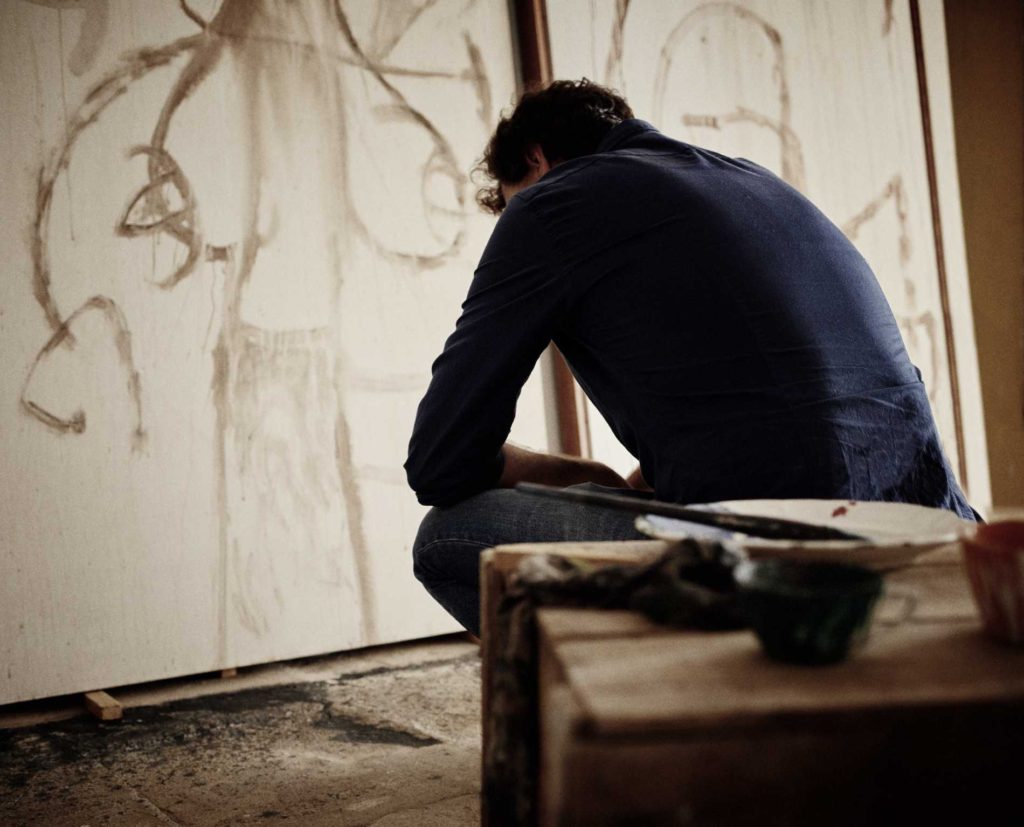
Rif Spahni
Out of choice and drawn by the creative force of the Son Boter studio, in 2012, Rif Spahni worked on the Son Boter project. Photographs, many of insignificant details and objects, but which in the eye of the photographer became instant pictures of past moments when, for a fleeting instant, we once again see Joan Miró working in his studio.
This project marked the trajectory of a somewhat shy, respectful, dreamer of a photographer who is extremely Mediterranean, with references in his work to photographers like Edward Curtis, Fazal Sheikh and Hiroshi Sugimoto, who escapes immediacy and tends to work with a pinhole camera or a camera obscura to recapture a less hurried pace, forcing him to think about the images before taking them, becoming more aware of his surroundings.
Without considering or realising it, the telluric force of the characters that live within the walls of Son Boter and the atmosphere of the place came to his mind. Knowing that the small details are in the grandeur of things, Rif has returned to the place to search for these details, this connection with the creative genius of Joan Miró, through the footprints and vestiges of his work, this time, on the floor of the studio.
The 17 photographs are pieces about what is forgotten, about memories and about times past. A dual immersion: on the one hand, into a Mironian sea where the photographer searches to experience the creative moment of Joan Miró, the moment of reflection in front of the artwork with his paintbrush dripping, considering how to continue, that instant that paralyses the artist, who then lets himself be carried away by his emotions, feelings and concerns; and on the other, an immersion into the “marks” or “pictorial remains” that are more like stains on the floor, which extraordinarily and after close observation, reveal the artist’s energies, movements and times.



